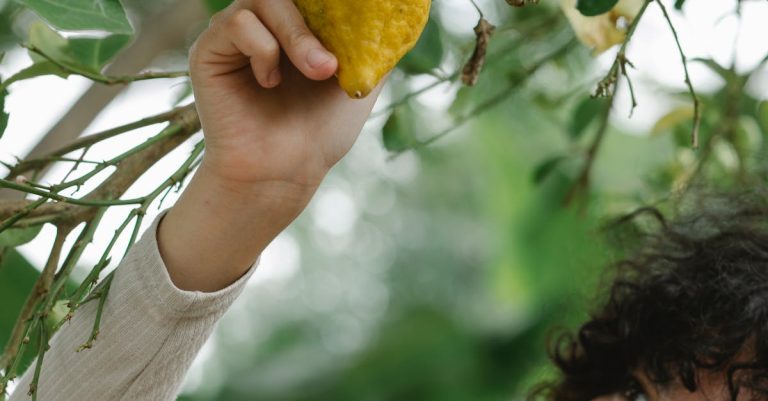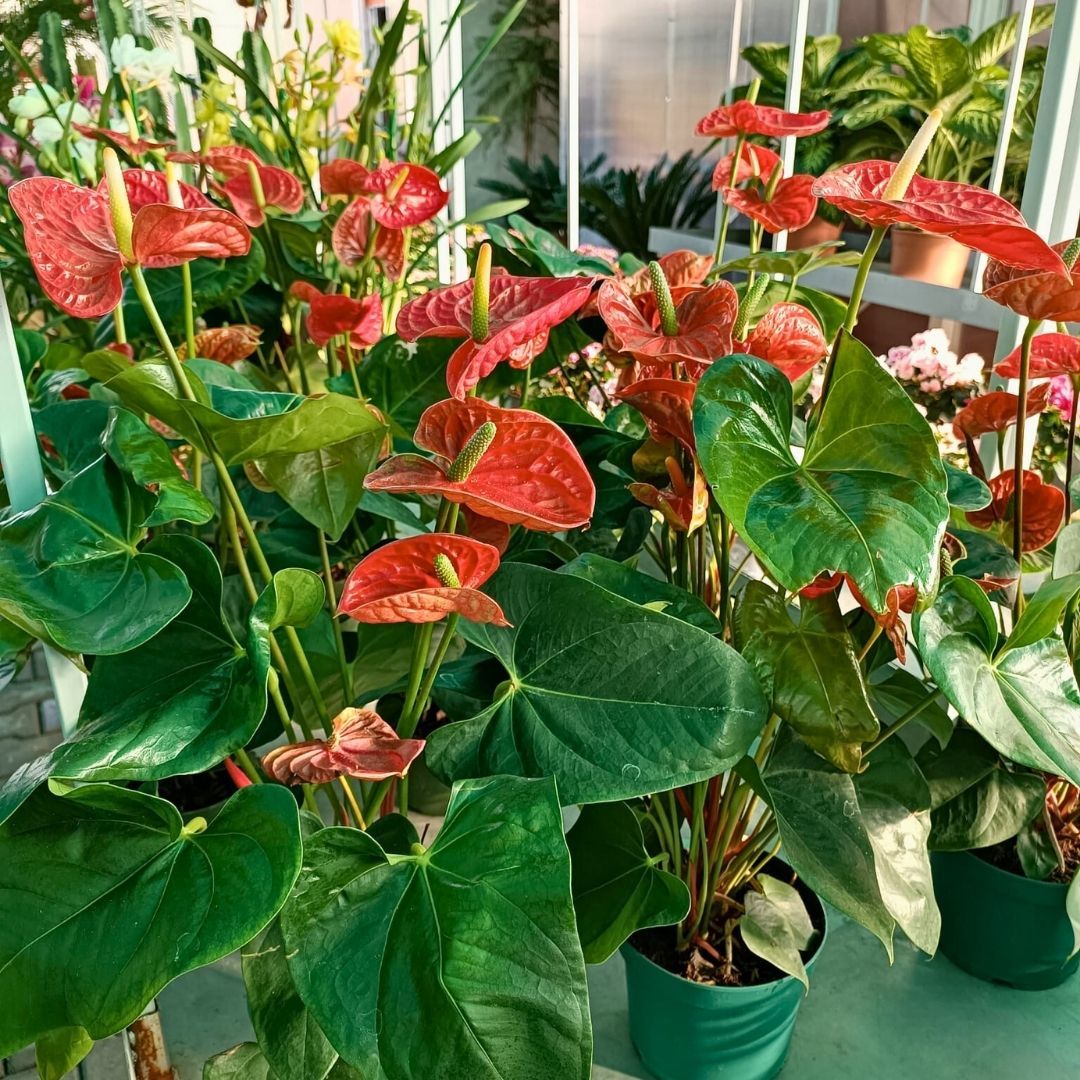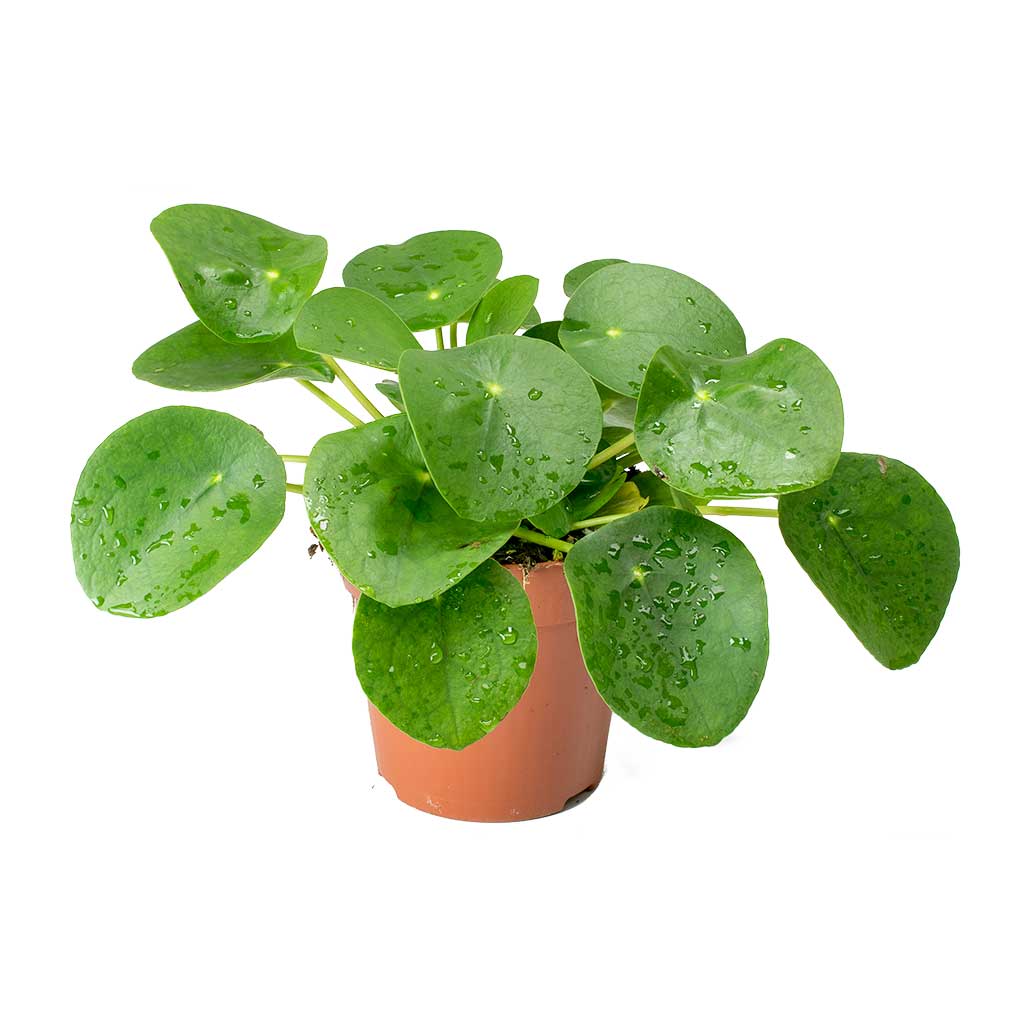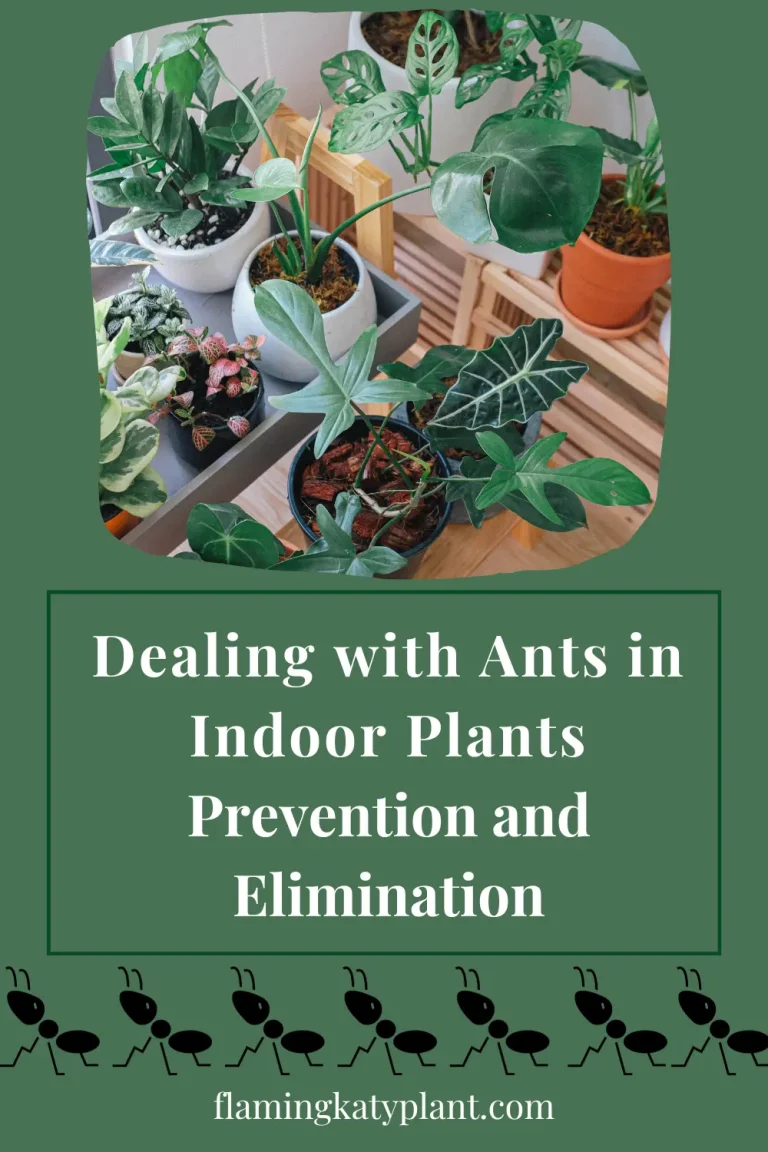How To Care For Cast Iron Plant (Aspidistra elatior)
How to Care for Cast Iron Plant (Aspidistra elatior): A Detailed Guide
The Cast Iron Plant (Aspidistra elatior) is renowned for its hardy nature and ability to thrive in a variety of conditions, earning its common name due to its robust and resilient characteristics. This plant is perfect for beginners or those looking for a low-maintenance addition to their indoor garden. Here’s a comprehensive guide to help you care for your Cast Iron Plant and keep it thriving.
1. Light Requirements
Cast Iron Plants prefer low to moderate light conditions. They can tolerate low light and even thrive in shady spots, making them ideal for dimly lit rooms or offices. However, they can also adapt to brighter, indirect light. Avoid direct sunlight, as it can scorch the leaves and cause them to yellow or develop brown spots.

2. Watering
Water your Cast Iron Plant when the top inch of soil feels dry to the touch. These plants prefer to dry out slightly between waterings, so be careful not to overwater. Ensure the pot has drainage holes to allow excess water to escape, preventing root rot. During the growing season (spring and summer), you may need to water more frequently. Reduce watering in the fall and winter when the plant’s growth slows. Always empty the saucer under the pot to prevent the roots from sitting in water.
3. Humidity
Cast Iron Plants are not particularly fussy about humidity and can tolerate a range of humidity levels. They do well in typical indoor humidity conditions. However, if your home is very dry, especially during winter, you can increase humidity by placing a humidifier nearby, grouping plants together, or placing the plant on a tray filled with water and pebbles to provide some extra moisture around the plant.
4. Temperature
Aspidistra elatior thrives in temperatures between 60-75°F (15-24°C). They can tolerate cooler temperatures down to 50°F (10°C) but should be protected from frost and extreme cold. Avoid placing the plant near cold drafts, air conditioning vents, or heat sources like radiators or heaters, which can cause stress to the plant.
5. Soil and Potting
Cast Iron Plants require well-draining soil. A good mix is one part potting soil, one part peat moss or coco coir, and one part perlite or sand. This combination ensures good drainage while retaining some moisture. Repotting should be done every 2-3 years or when the plant becomes root-bound, ideally in the spring. Choose a pot that is only slightly larger than the current one to avoid excess moisture retention.
6. Fertilizing
Feed your Cast Iron Plant every 4-6 weeks during the growing season with a balanced, water-soluble fertilizer diluted to half strength. Avoid fertilizing in the fall and winter months when the plant’s growth slows. Over-fertilizing can lead to a buildup of salts in the soil, which can harm the plant. Slow-release fertilizers can also be applied sparingly in the spring.
7. Pruning
Regular pruning helps maintain the plant’s shape and encourages new growth. Use clean, sharp scissors or pruning shears to trim back any yellow or damaged leaves. Removing old or damaged leaves helps improve air circulation around the plant and keeps it looking tidy. When pruning, cut the leaves at the base of the plant to avoid leaving stubs.

8. Propagation
Cast Iron Plants are easy to propagate through division:
- Division: Carefully remove the plant from its pot and gently separate the root ball into smaller sections, ensuring each section has a few leaves and healthy roots. Repot each division in its own pot with fresh, well-draining soil. Water the new plants thoroughly and keep them in a warm, shaded area until they establish new growth.
9. Pest and Disease Management
Cast Iron Plants are relatively resistant to pests, but they can occasionally be affected by spider mites, aphids, or scale insects. Regularly inspect the plant for signs of pests, such as sticky residue, webbing, or visible insects. Treat infestations with insecticidal soap, neem oil, or by wiping the leaves with a damp cloth. Proper watering and good air circulation help prevent fungal and bacterial diseases. If you notice any signs of disease, such as black spots or yellowing leaves, remove the affected areas and adjust watering practices.
10. Special Care Tips
- Leaf Care: The leaves of Cast Iron Plants can collect dust, which can interfere with photosynthesis. Clean the leaves gently with a damp cloth or sponge to keep them looking their best. Avoid using leaf shine products, as they can clog the pores on the leaves.
- Growth Habit: Cast Iron Plants have a slow growth habit and can be grown in low-light areas where other plants might struggle. They are excellent for adding greenery to dark corners or under staircases.
Conclusion
Cast Iron Plants, with their hardy nature and attractive foliage, can be a great addition to your indoor garden. By providing the right light, moisture, and environment, you can enjoy the beauty and resilience of this plant for years. Regular maintenance, including proper watering, fertilizing, and pruning, will ensure your Cast Iron Plant remains healthy and vibrant. Whether you are a seasoned gardener or a beginner, Aspidistra elatior offers a rewarding and low-maintenance plant care experience.
In conclusion, caring for Cast Iron Plants (Aspidistra elatior) is relatively low-maintenance and rewarding. These resilient plants thrive in low light conditions and require infrequent watering, making them perfect for indoor spaces that receive little natural light. It is essential to ensure well-draining soil and avoid overwatering to prevent root rot. Regularly dusting the large, glossy leaves will keep the plant looking fresh and healthy. Additionally, occasional fertilization during the growing season will promote growth and vibrancy in the plant. With proper care, the Cast Iron Plant can live for many years as a beautiful and durable addition to any home or office.
Overall, the key to successfully caring for a Cast Iron Plant lies in providing the plant with the right environment and minimal maintenance. By following the tips outlined in this guide, you can enjoy the beauty and elegance of this hardy plant for years to come. Remember to monitor the plant’s water and light requirements, as well as to periodically check for pests and diseases. With patience and consistent care, your Cast Iron Plant will thrive and become a reliable and resilient green companion in your indoor space.







